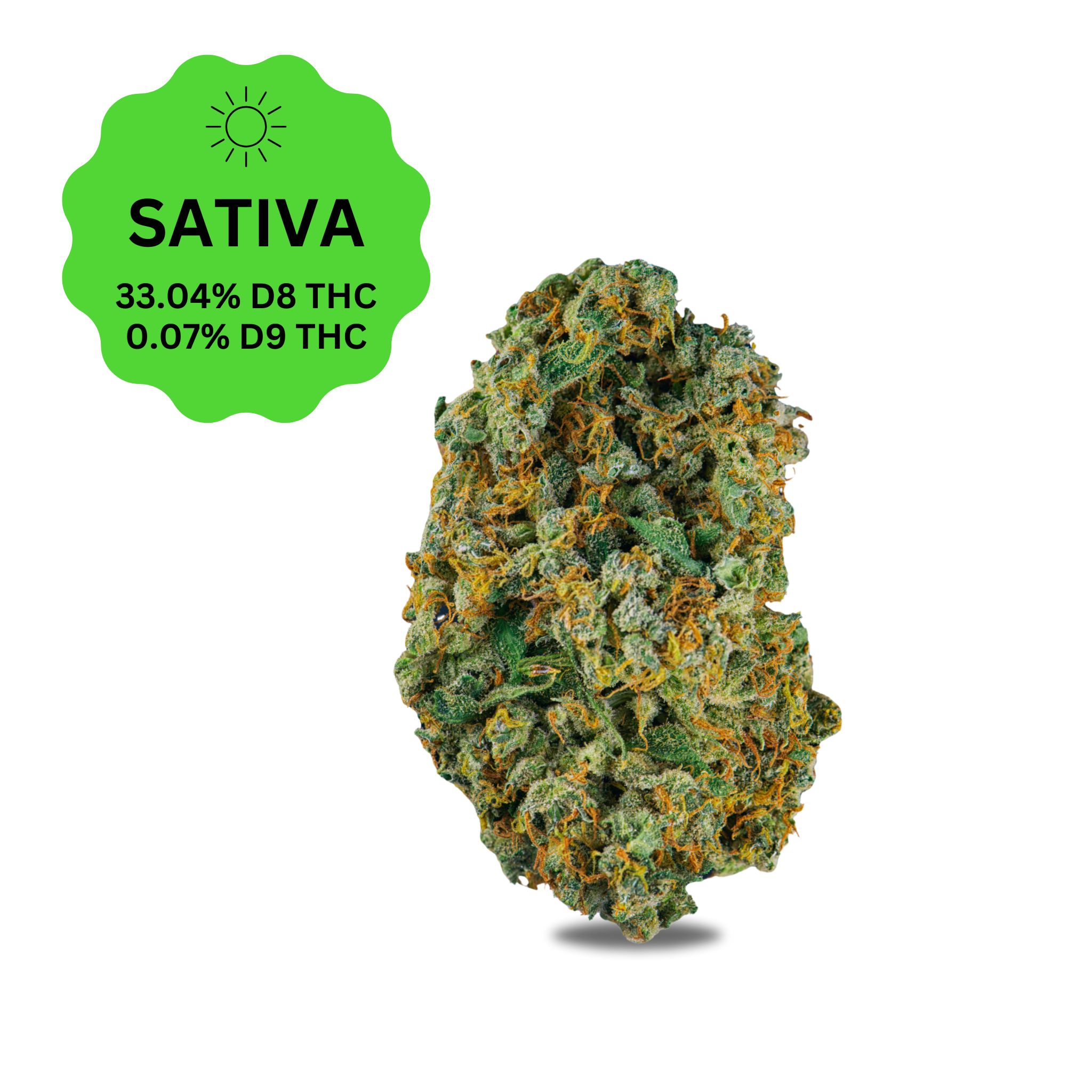
$14.99
![]() >
Blogs
>
Cannabis >
Let’s Talk Delta-8 State Legality: New York
>
Blogs
>
Cannabis >
Let’s Talk Delta-8 State Legality: New York
THE STATEMENTS ON THIS BLOG ARE NOT INTENDED TO DIAGNOSE, TREAT, CURE, OR PREVENT ANY DISEASE. THE FOOD AND DRUG ADMINISTRATION HAS NOT EVALUATED ANY STATEMENTS CONTAINED WITHIN THE BLOG. ATLRX DOES NOT IN ANY WAY GUARANTEE OR WARRANT THE ACCURACY, COMPLETENESS, OR USEFULNESS OF ANY MESSAGE. THE INFORMATION CONTAINED WITHIN THIS BLOG IS FOR GENERAL INFORMATIONAL PURPOSES ONLY.
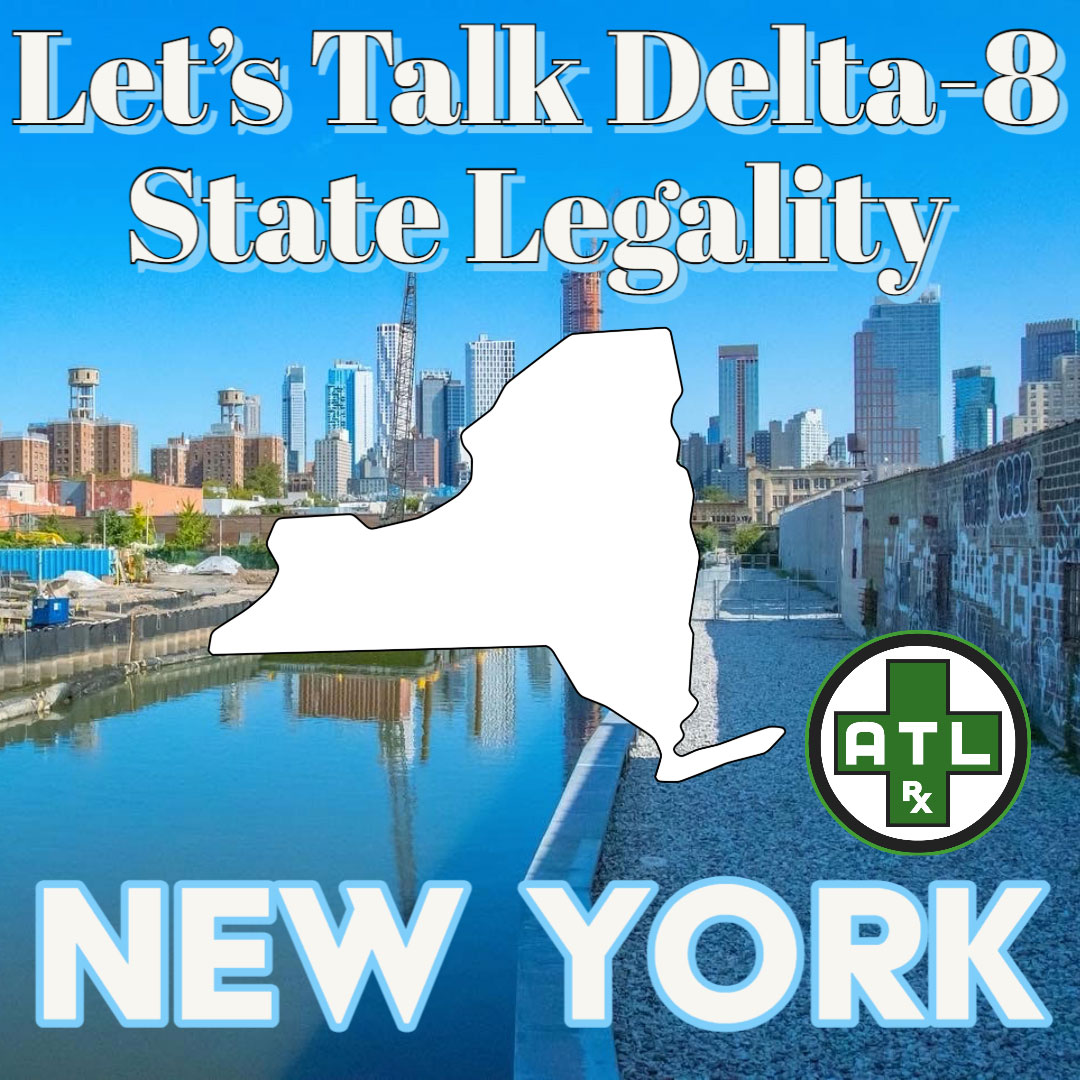
New York, home of the friendliest people in the world—I kid. I was raised in upstate, people from New York are often said to be an acquired taste. Not really, things just tend to be more in your face rather than a passive aggressive riddle that you have to decipher. We say something before it becomes a problem. This is how the Compassion Care Act in 2014 passed so that medical marijuana. Then this year, The Marijuana Regulation and Taxation Act (MRTA) was passed making recreational marijuana legal for the state of New York. I recently came back and there are no dispensaries open but everyone was smoking joints while walking in the city. It was a marvelous sight.
So, how does New York feel about Delta-8 THC?
Well, technically delta-8 THC is illegal in the state of New York. However, there are no specific possession laws. What I was very confused about was there were several places that sold delta-8 in NYC. It’s kind of an overlooked thing yet they’re not enforcing any laws. But again, this is still in the early stages so time will tell with the future of delta 8 THC in New York.
Delta-8 THC is illegal in the state of New York.
- 505. Definitions.
- “Industrial hemp” means the plant Cannabis sativa L. and any part of such plant, including the seeds thereof and all derivatives, extracts, cannabinoids, isomers, acids, salts, and salts of isomers, whether growing or not, with a delta-9 tetrahydrocannabinol concentration of not more than 0.3 percent on a dry weight basis.
- 505. Definitions.
- “Hemp” means the plant Cannabis sativa L. and any part of such plant, including the seeds thereof and all derivatives, extracts, cannabinoids, isomers, acids, salts, and salts of isomers, whether growing or not, with a delta-9 tetrahydrocannabinol concentration of not more than three-tenths of a percent on a dry weight basis.
- “Hemp extract” means any product made or derived from industrial hemp, including the seeds thereof and all derivatives whether growing or not, with a delta-9-tetrahydrocannabinol concentration of not more than an amount of the plant Cannabis sativa L. and any part of such plant, including the seeds thereof and all derivatives, extracts, cannabinoids, isomers, acids, salts, and salts of isomers, whether growing or not, with a delta-9-tetrahydrocannabinol concentration of not more than an amount determined by the department in regulation, used or intended for human or animal usage or use for its cannabinoid content, as determined by the commissioner in regulation. Hemp extract excludes industrial hemp used or intended exclusively for an industrial purpose and those food and/or food ingredients that are generally recognized as safe by the department, and shall not be regulated as hemp extract within the meaning of this article.
ARTICLE 33: CONTROLLED SUBSTANCES. TITLE 1
- 3302
- “Marijuana” means all parts of the plant of the genus Cannabis, whether growing or not; the seeds thereof; the resin extracted from any part of the plant; and every compound, manufacture, salt, derivative, mixture, or preparation of the plant, its seeds or resin.
The term “marijuana” shall not include:
(a) the mature stalks of the plant, fiber produced from the stalks, oil or cake made from the seeds of the plant, any other compound, manufacture, salt, derivative, mixture, or preparation of the mature stalks (except the resin extracted therefrom), fiber, oil, or cake, or the sterilized seed of the plant which is incapable of germination;
(b) Hemp, as defined in subdivision one of section five hundred five of the agriculture and markets law;
(c) Cannabinoid hemp as defined in subdivision two of section thirty-three hundred ninety-eight of this chapter; or
(d) Hemp extract as defined in subdivision five of section thirty-three hundred ninety-eight of this chapter.
Schedule I. (d) Hallucinogenic substances.
(13) Marijuana.
(21) Tetrahydrocannabinols. Synthetic equivalents of the substances contained in the plant, or in the resinous extractives of cannabis, sp. and/or synthetic substances, derivatives, and their isomers with similar chemical structure and pharmacological activity such as the following:
/1 cis or trans tetrahydrocannabinol, and their optical isomers
/6 cis or trans tetrahydrocannabinol, and their optical isomers
/3, 4 cis or trans tetrahydrocannabinol, and its optical isomers
(since nomenclature of these substances is not internationally standardized, compounds of these structures, regardless of numerical designation of atomic positions covered).
The commissioner may by regulation or emergency regulation, reclassify any compound, mixture or preparation containing any substance listed in Schedule I of section three thousand three hundred six of this title as a Schedule II, III, IV or V substance, or exempt it from this article, if that same compound, mixture or preparation is redesignated or rescheduled other than under Schedule I under the federal Controlled Substances Act, or deleted as a controlled substance under the federal Controlled Substances Act. If the commissioner acts under this subdivision and does not exempt the compound, mixture or preparation from this article, he or she may only reclassify it to a newly created subdivision in the same numbered schedule or a higher numbered schedule than to which it is redesignated or rescheduled under the federal act.
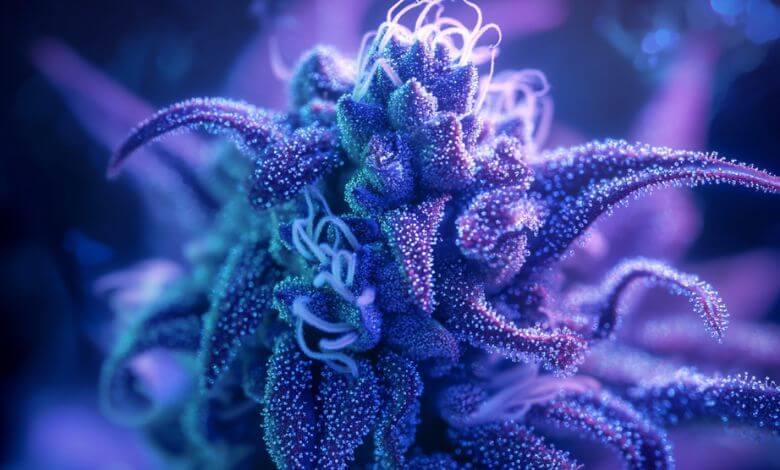
April 14, 2025
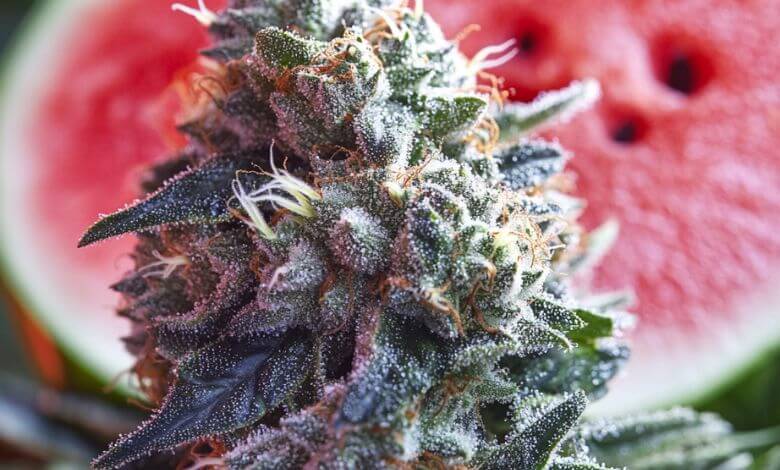
April 11, 2025
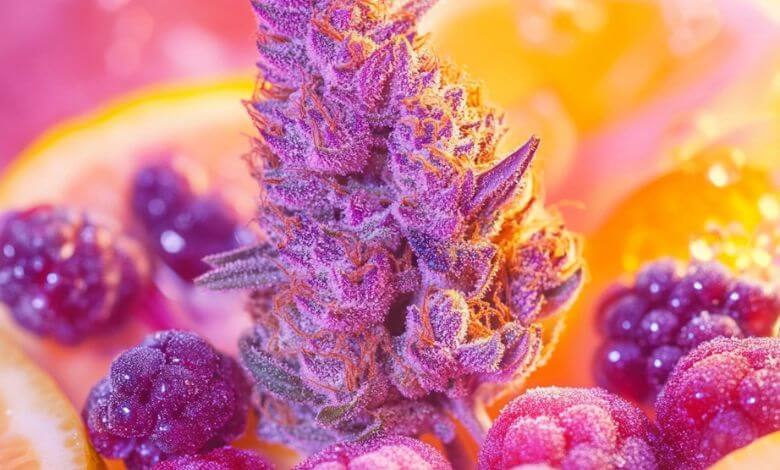
April 10, 2025
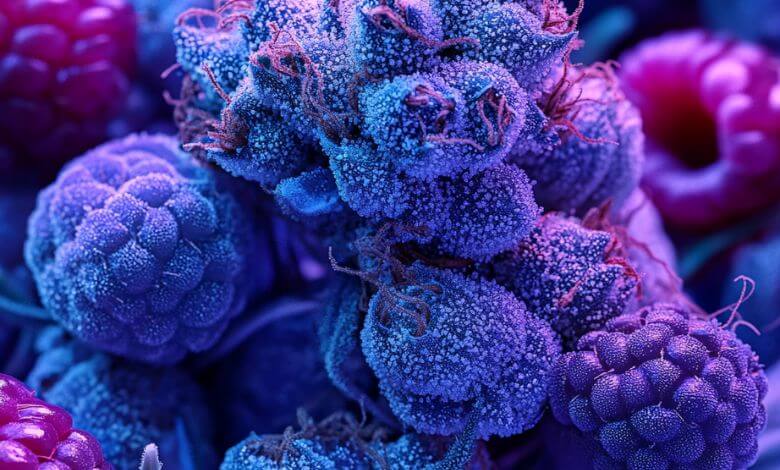
April 4, 2025
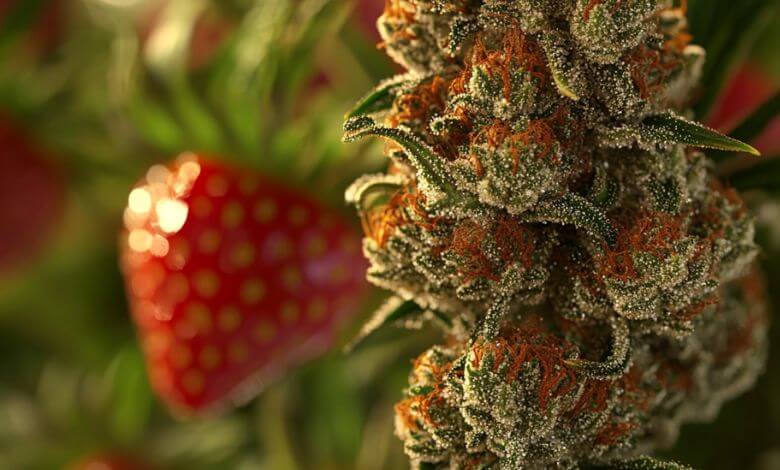

$14.99
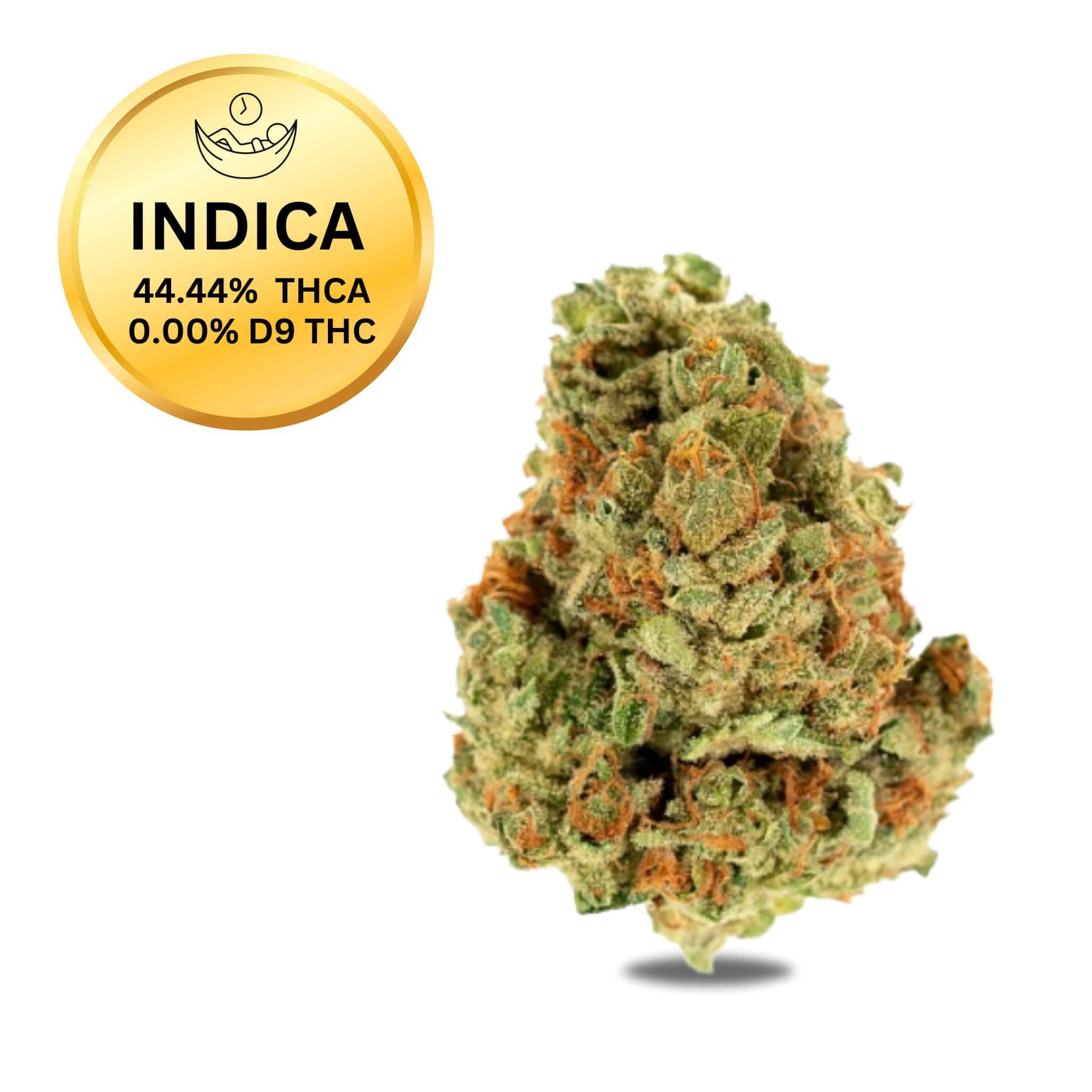
$19.99
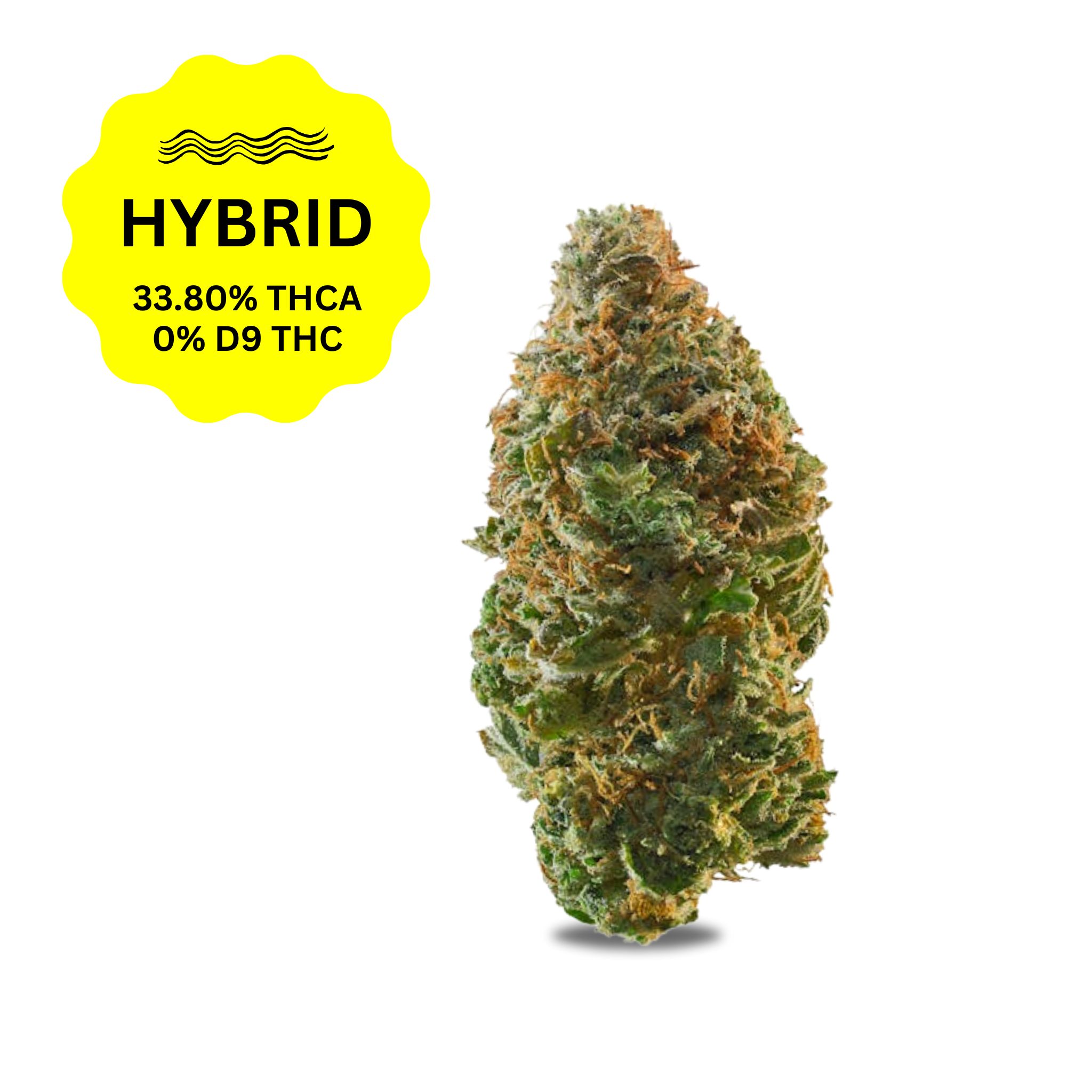
$14.99
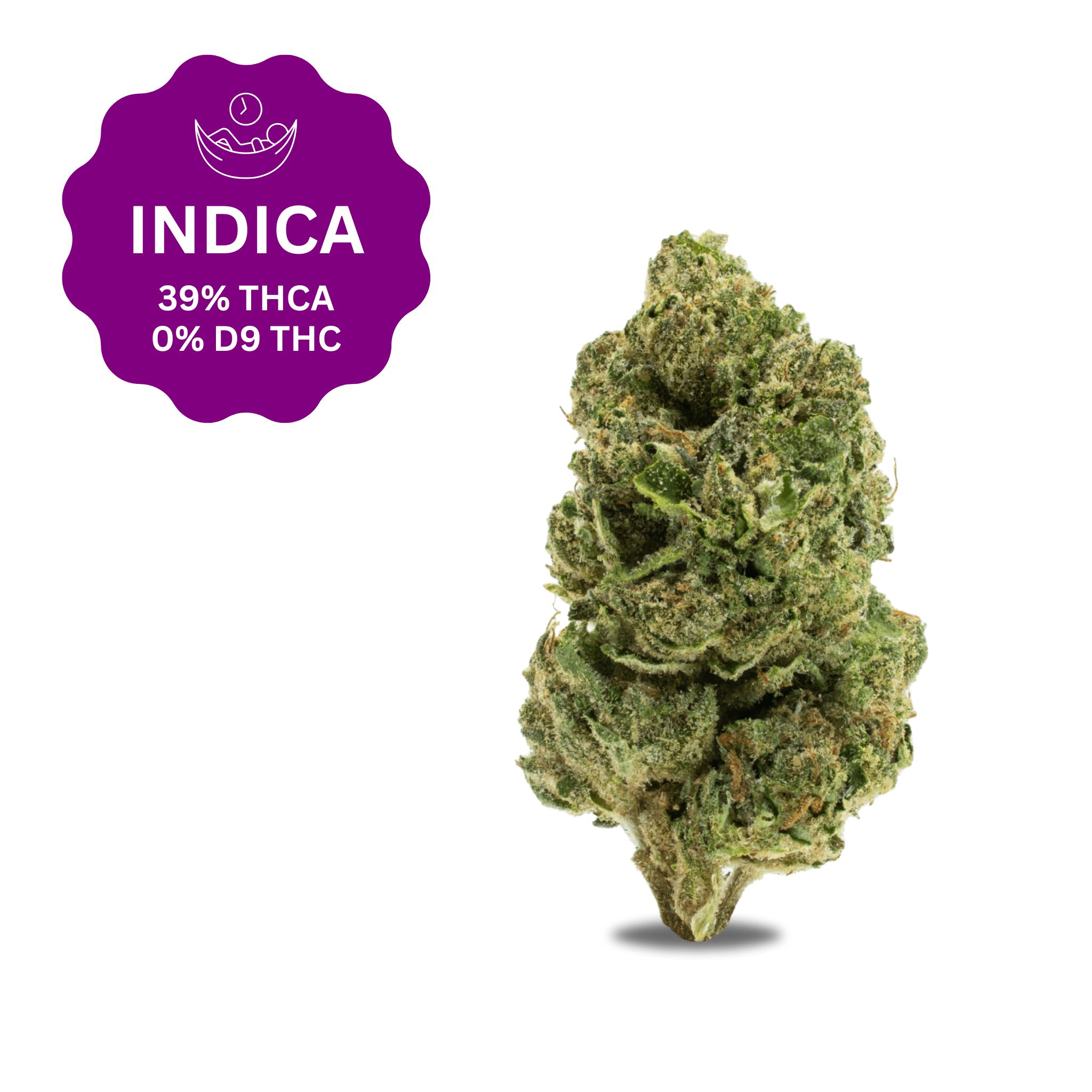
$14.99
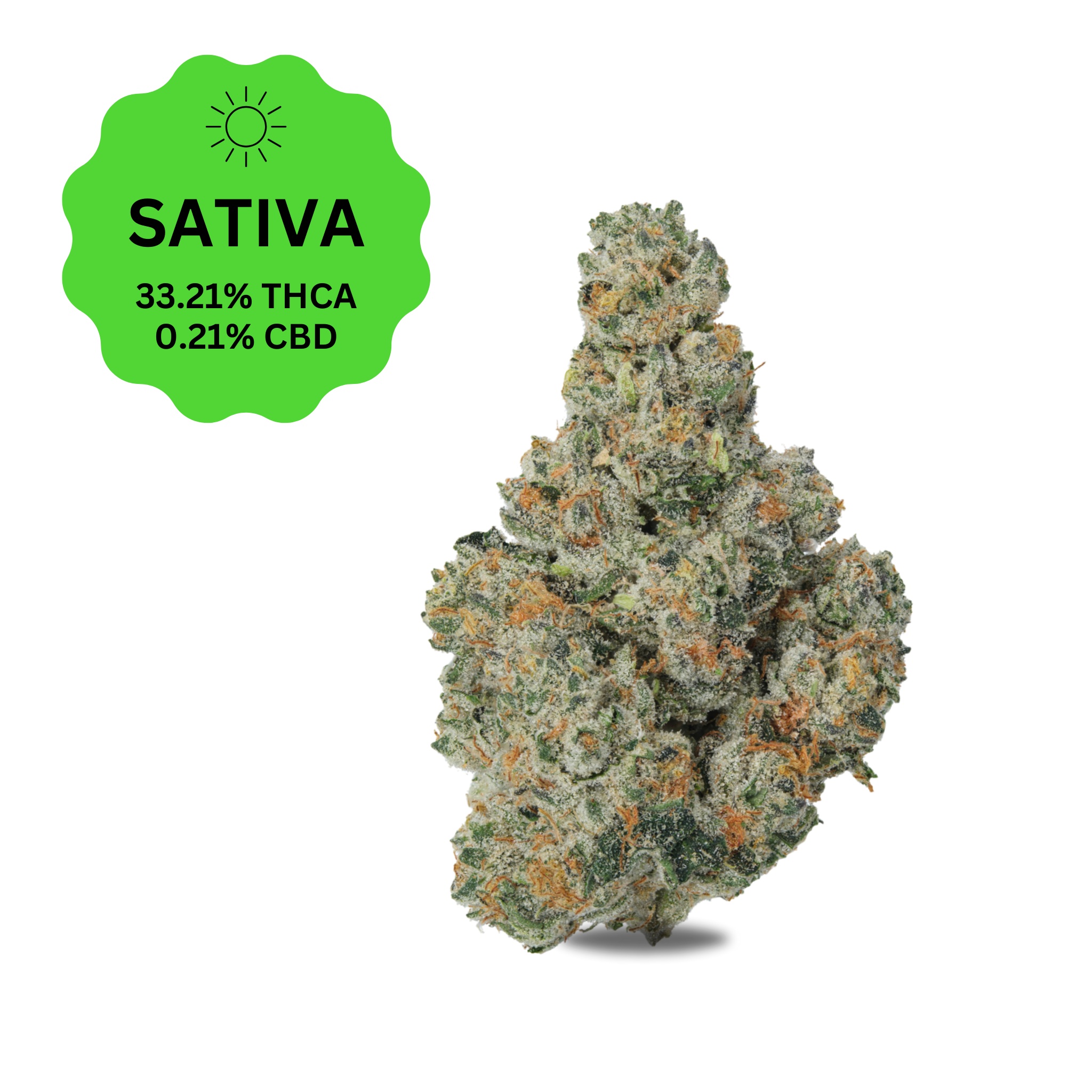
$14.99
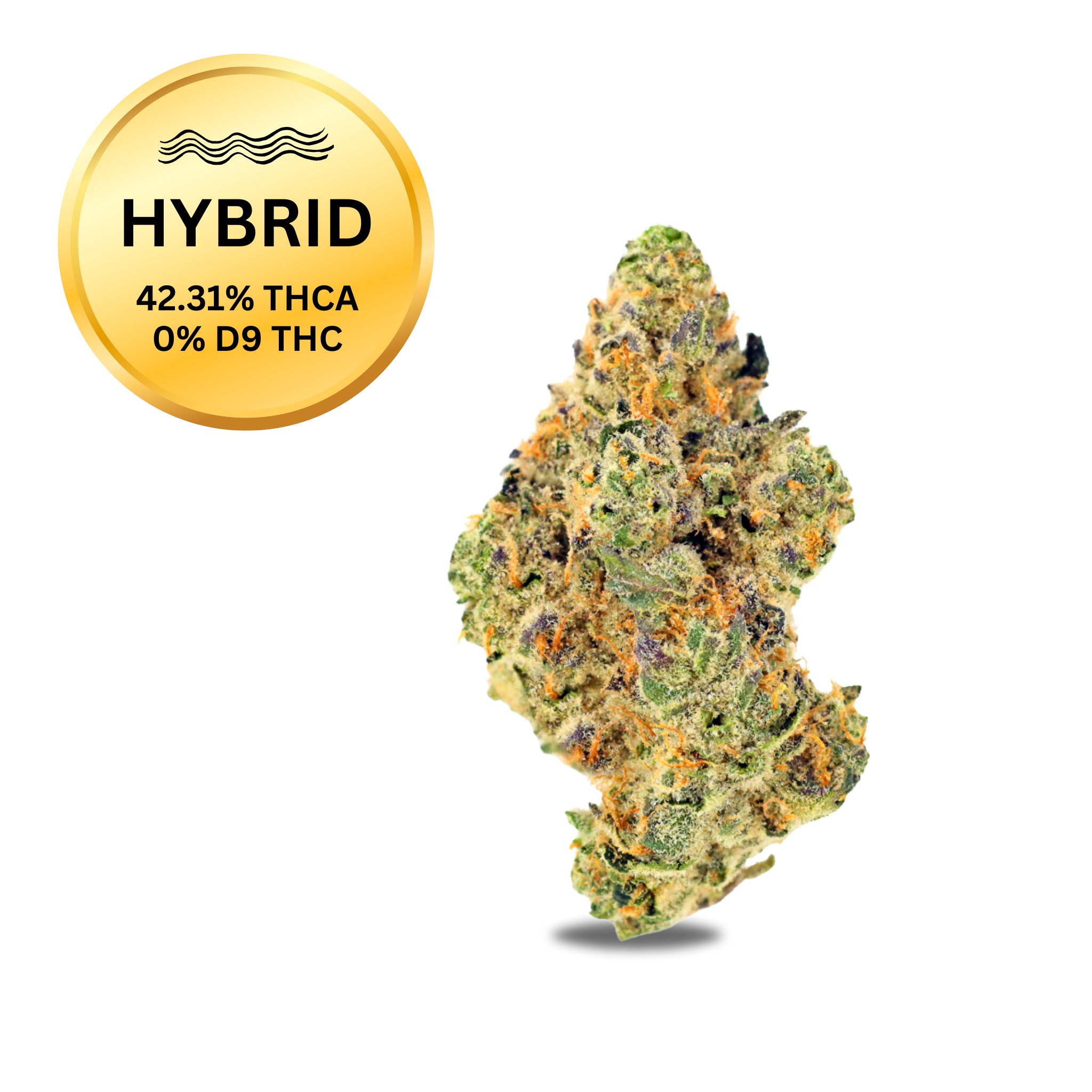
$14.99
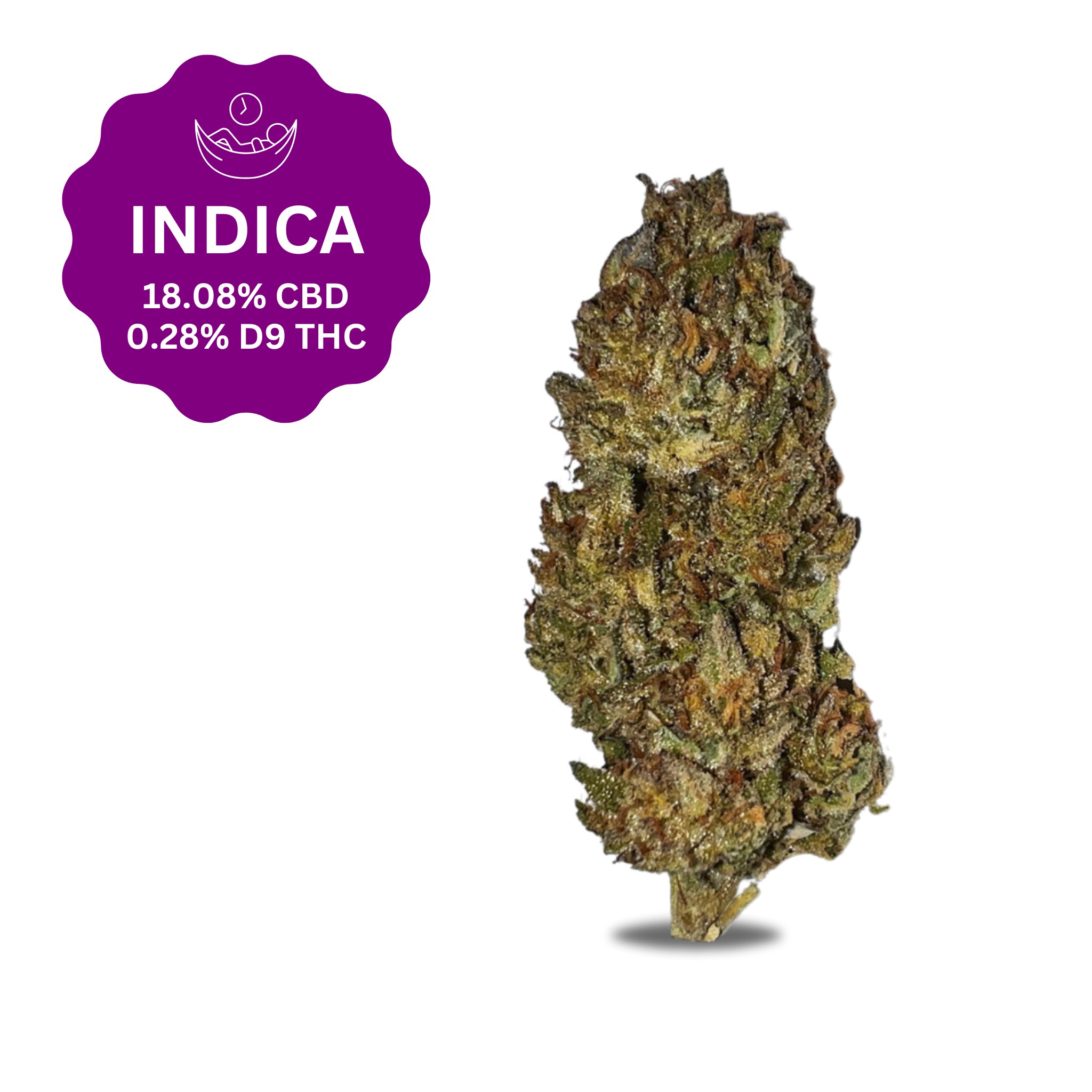
$29.99

